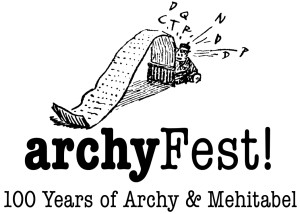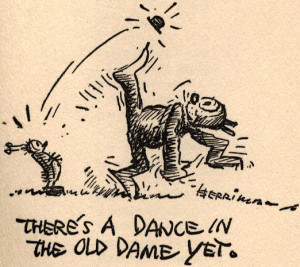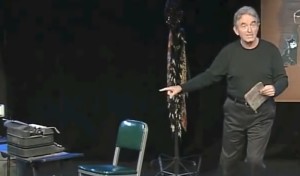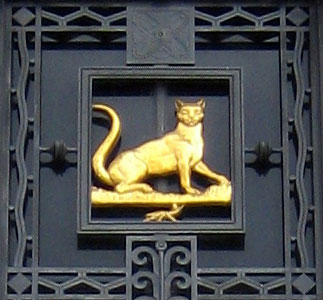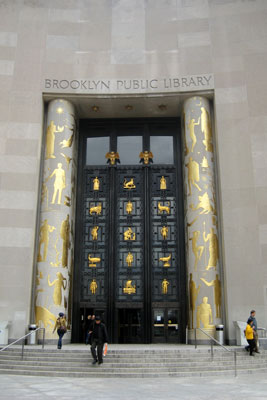 Second in a video series. Scroll down for a link to the video.
Second in a video series. Scroll down for a link to the video.
Archy the cockroach was the embodiment of reincarnation — he had been a poet in a past life, after all, and spent his insect days tapping out verse on a typewriter. So it’s entirely within reason to speculate who might be the reincarnation today of Don Marquis.
My vote would be for Dave Barry. Like Marquis, Barry was one of the most celebrated newspaper columnists of his era, using humor to shine a spotlight on the human condition. He wrote weekly columns in The Miami Herald from 1983 to 2005 that were devastatingly funny, and he won the Pulitzer Prize for commentary in 1988 for “his consistently effective use of humor as a device for presenting fresh insights into serious concerns.” Like Marquis, he has continued writing humor to great effect after leaving the grind of newspaper journalism, with 37 books to his name at last count.
The New York Times has called Barry “the funniest man in America.” The novelist Stephen King put it another way, declaring, “While reading Dave Barry’s ‘Big Trouble’ (Putnam, 1999), I laughed so loud I fell out of a chair. Luckily, there’s a rug, so I didn’t hurt myself.” On a personal level, one of Barry’s column’s from 1985 reduces this writer to disabling fits of laughter even today, after dozens of readings. It is titled “Ask Mr. Manners” and attempts to prepare a young parent for all the horrifying atrocities in store when hosting a birthday party for a preschool child. Popular themes for a young boy’s party, according to Barry, include action figures such as He-Man, G.I. Joe, The A-Team and the always-popular “Testosterone Bob’s Hurt Patrol.”
When he was asked to recite a few lines from “archy and mehitabel,” Barry chose an excerpt from one of the funniest distillations of humor ever put onto paper: “certain maxims of archy.” His video is short and sweet. It is the second in a series of self-made videos on the occasion of the 100th anniversary of Archy and Mehitabel’s first appearance in print, on March 29, 1916 — a yearlong celebration called archyFest.
Thank you, Dave Barry!
Here is his video:
These videos were conceived by John Batteiger, creator of DonMarquis.com, and edited by Brandon Cuicchi. We are asking a variety of public figures to take a video of themselves reading a selection from one of Marquis’s “archy” books, using a cellphone camera or other simple video recorder. Our goal: “One take, no big production, all for fun.” We plan to present a new video every week (or so) through the end of 2016. If you or someone you know would be interested in recording a video, please contact Batteiger by email at johnbatt (at) me.com.
Next week: Calvin Trillin!


